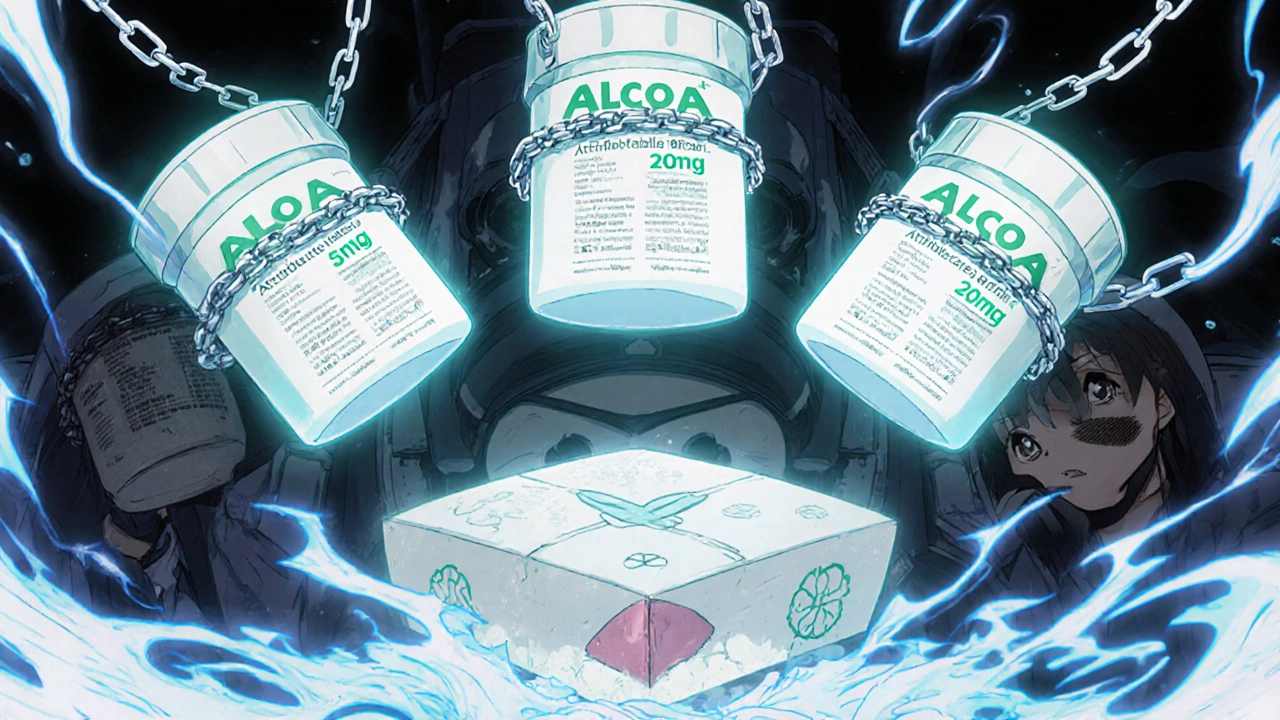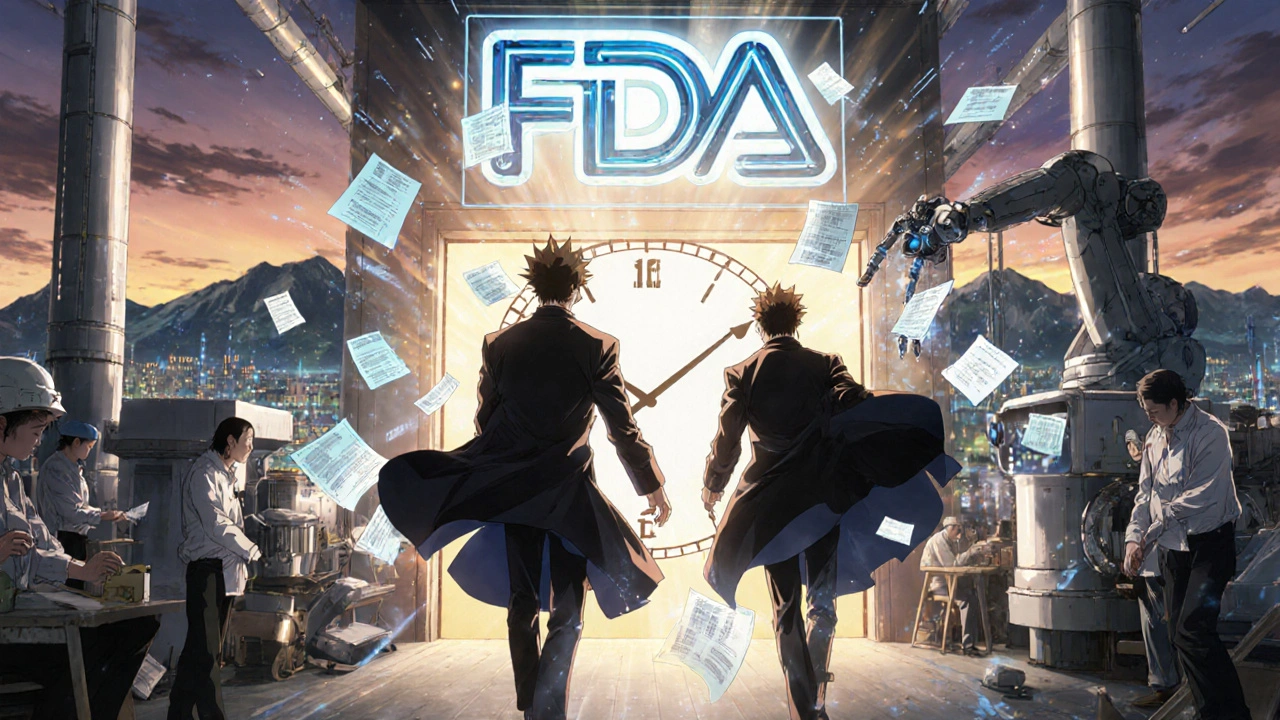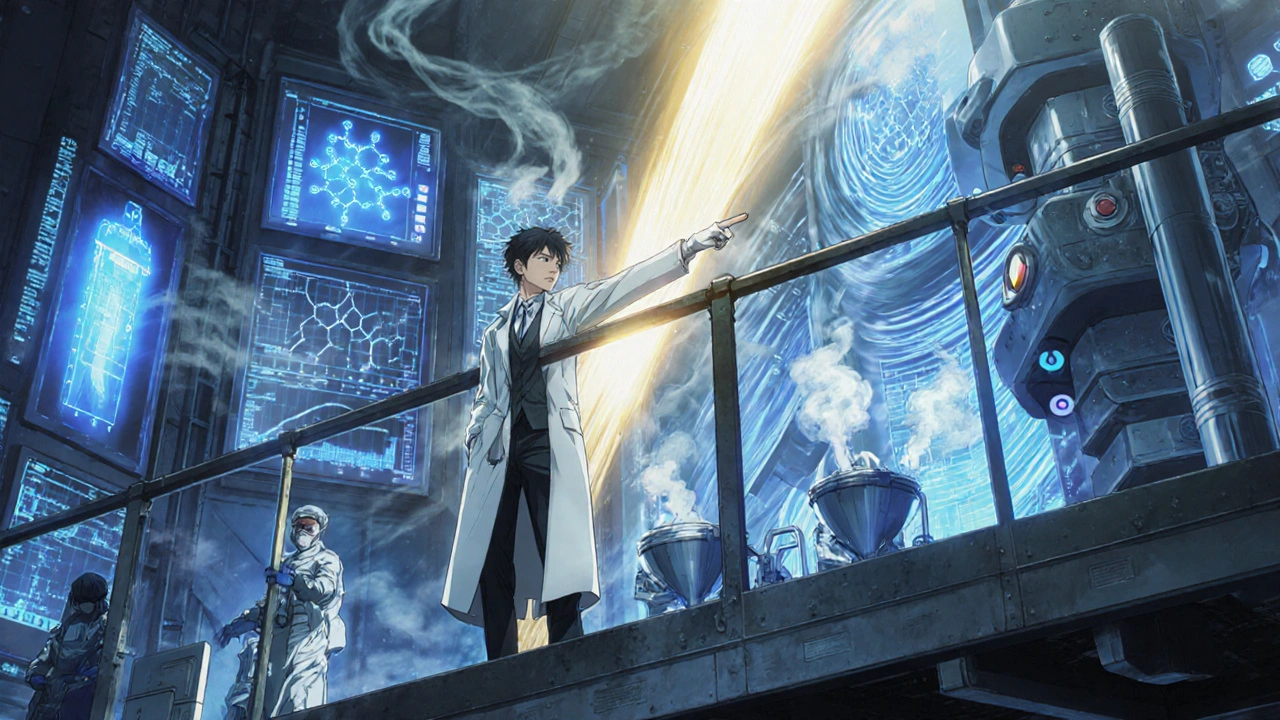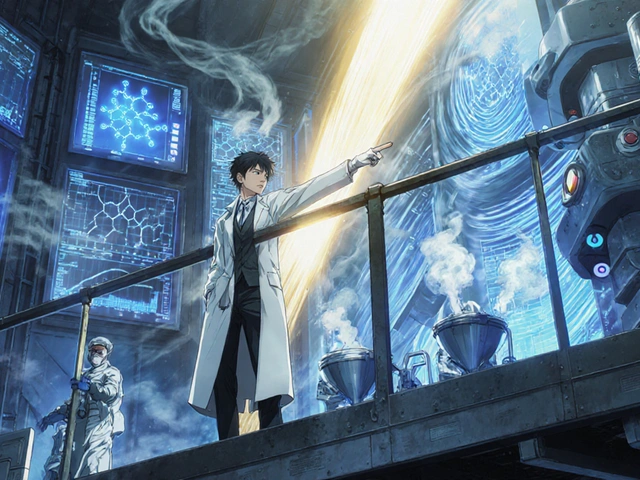The U.S. Food and Drug Administration doesn’t wait for pills to reach pharmacy shelves to check if they’re safe. Instead, it watches every step of the process - from the moment raw chemicals arrive at a factory to the final seal on the bottle. This isn’t about spot-checking a few samples. It’s about building quality into the system itself. And that’s why millions of Americans trust generic drugs to work just like their brand-name counterparts, often at 80% less cost.
Why Quality Can’t Be Tested at the End
In the 1960s, the FDA tested thousands of drugs after they were made. What they found shocked them: about 8% of the products didn’t contain the right amount of active ingredient. Some had too little - meaning they didn’t work. Others had too much - risking harm. That’s when the agency made a critical shift. Instead of testing the final pill, they started controlling how it was made. This change led to Current Good Manufacturing Practices, or cGMP. These aren’t suggestions. They’re federal rules under Title 21 of the Code of Federal Regulations. The core idea? If you control the process, you control the quality. You can’t test quality into a drug after it’s made. You have to build it in from the start.The Five Pillars of FDA Drug Quality
The FDA’s system rests on five non-negotiable pillars. Each one is tracked, documented, and verified.- Control of Materials: Every ingredient - from the active drug to the coating on a tablet - must be tested and traced back to its source. The FDA requires detailed records showing where it came from, how it was stored, and who handled it. No guesswork. No shortcuts.
- Production and Process Controls: Every step in making the drug has a written procedure. Temperature, mixing time, pressure - all of it is monitored in real time. If a machine runs too hot or a batch doesn’t mix right, the system flags it. Corrections aren’t optional. They’re logged, reviewed, and approved before the next batch starts.
- Quality Control and Laboratory Testing: Labs test raw materials, in-process samples, and finished products. But it’s not just about passing a test. The data must follow ALCOA+: attributable, legible, contemporaneous, original, accurate, complete, consistent, enduring, and available. That means no erased records, no backdated entries, no lost files. Every number has a paper trail.
- Packaging, Labeling, and Distribution: A pill is useless if the label says the wrong dose. The FDA requires exact matching between the drug inside and the text on the bottle. Packaging materials are tested for compatibility. Shipping conditions - heat, humidity, light - are controlled to prevent degradation. A drug that works in the lab must still work after a cross-country truck ride.
- Documentation and Record Keeping: This is where many manufacturers struggle. The FDA doesn’t just want results. It wants proof of how you got there. Every batch gets a master record. Every deviation gets an investigation. Every change gets approval. These records aren’t filed away. They’re live documents, ready for inspectors to pull at any moment.
Unannounced Inspections - No Warning, No Exceptions
The FDA doesn’t call ahead. Inspectors show up without notice, sometimes for days at a time. They walk through clean rooms, review training logs, check calibration records, and even sit with lab technicians to watch them run tests. Their goal? To see if the system works when no one’s watching. In 2023, the FDA inspected about 1,200 facilities worldwide that make drugs for the U.S. market. Of those, 17% of foreign sites and 8% of U.S. sites had violations. That doesn’t mean the drugs were unsafe - it means the paperwork, procedures, or controls didn’t meet standards. The FDA can delay approval, issue warning letters, or even block imports until fixes are made. For generic drug makers, the inspection isn’t a one-time event. It’s ongoing. If a company changes its equipment, moves production lines, or switches suppliers, the FDA re-evaluates. There’s no “once approved, always approved.”
The ANDA Process: Three Batches, One Goal
To get approval, a generic drug maker must submit an Abbreviated New Drug Application, or ANDA. But here’s what most people don’t know: they don’t just submit one batch. They submit three. One batch is used to make all the different strengths of the drug. The other two are used to test the lowest and highest strengths. Why? Because a drug that works at 10 mg might behave differently at 50 mg. The FDA needs proof that every strength is consistent - not just one. Each batch goes through the same quality checks. The data is compared to the brand-name drug to prove bioequivalence - meaning the body absorbs it at the same rate and to the same extent. If the numbers don’t match within strict limits, the application is rejected.Global Standards, U.S. Rigor
Other countries have their own rules. The European Medicines Agency (EMA) uses similar cGMP principles. But the FDA goes further. It conducts more unannounced inspections. Its documentation rules are tighter. And it doesn’t rely on self-reported data alone. The FDA’s Office of Pharmaceutical Quality works side by side with the Office of Generic Drugs. That means the same team that reviews the chemistry also checks the manufacturing process. No handoffs. No gaps. That integration is rare - and it’s why the FDA’s approval process takes longer than some others. But it also means fewer surprises after the drug hits the market.
Costs, Challenges, and Real-World Impact
Meeting FDA standards isn’t cheap. Small manufacturers spend $2 million to $5 million just to set up their quality systems before submitting their first application. Documentation alone can eat up 30-40% of their development time. But the results speak for themselves. About 90% of all prescriptions in the U.S. are filled with generic drugs. And 98-99% of them perform just like the brand-name version. That’s not luck. It’s the result of a system built to catch problems before they happen. During the pandemic, when supply chains broke down and shortages threatened critical medications, the FDA’s proactive approach helped prevent worse outcomes. By evaluating manufacturing changes in real time, they kept life-saving drugs flowing.What’s Next? Real-Time Quality
The FDA isn’t resting. Its Pharmaceutical Quality for the 21st Century initiative is pushing manufacturers toward advanced technologies. Imagine a production line that adjusts itself in real time - correcting temperature or mixing speed before a batch goes bad. That’s the goal. Real-time release testing could replace some end-product testing, making the system faster and even more reliable. The Drug Quality Reporting System (DQRS), launched in early 2023, lets manufacturers report quality issues faster. And with $650 million allocated over five years under GDUFA III, the FDA is hiring more inspectors and expanding its data tools. By 2025, new rules may require full transparency of where active ingredients come from - down to the factory floor in India or China. That’s not about control. It’s about trust.Bottom Line: Quality Isn’t an Option
The FDA doesn’t assume generic drugs are safe. It proves it - at every stage. The system is complex, expensive, and sometimes frustrating for manufacturers. But for patients, it’s the reason they can pick up a $4 prescription and know it will work exactly as intended. It’s not magic. It’s methodology. And it’s working.Are generic drugs as safe as brand-name drugs?
Yes. The FDA requires generic drugs to have the same active ingredient, strength, dosage form, and route of administration as the brand-name version. They must also be bioequivalent - meaning they work the same way in the body. Every generic drug must pass the same quality standards as the original, including rigorous manufacturing and testing protocols.
How often does the FDA inspect generic drug factories?
The FDA inspects about 1,200 facilities worldwide each year that make drugs for the U.S. market. Many of these inspections are unannounced. Facilities producing high-risk drugs or with past violations are inspected more frequently. The goal is to ensure continuous compliance, not just periodic checks.
Why do generic drugs cost so much less than brand-name drugs?
Generic drugs cost 80-85% less because manufacturers don’t have to repeat expensive clinical trials. They only need to prove their product is bioequivalent to the brand-name drug. However, they still must meet the same manufacturing quality standards, which can cost millions to implement. The savings come from reduced R&D and marketing costs, not lower quality.
Can the FDA shut down a generic drug factory?
Yes. If a facility repeatedly violates cGMP standards or produces unsafe drugs, the FDA can issue a warning, block imports, or even seek a court order to shut it down. In 2021, the FDA blocked imports from over 20 foreign facilities due to quality concerns. These actions protect patients and maintain trust in the generic drug supply.
Do all generic drugs come from the same countries?
No. While a large portion of generic drug manufacturing happens in India and China, the FDA regulates about 1,700 facilities globally. These include factories in the U.S., Germany, Japan, and other countries. The FDA inspects all of them equally, regardless of location. A drug made in the U.S. must meet the same standards as one made in India.
What happens if a generic drug causes side effects?
Manufacturers are required to report adverse events to the FDA through the Drug Quality Reporting System (DQRS). The FDA also monitors public reports and conducts targeted product sampling. If a pattern emerges - like a batch with inconsistent potency - the agency can request a recall, demand a manufacturing change, or suspend approval. The system is designed to catch problems early, before they affect large numbers of people.



Katy Bell
November 22 2025I used to be super skeptical about generics until my dad started taking them for his blood pressure. Same pills, same results, and we saved like $200 a month. Honestly? The FDA’s system is the unsung hero here.
People act like it’s magic, but it’s just good, old-fashioned oversight. No drama, no shortcuts.
And yeah, I’ll take my $4 pill over the $20 version any day.